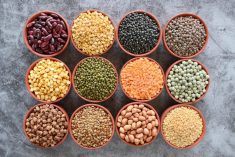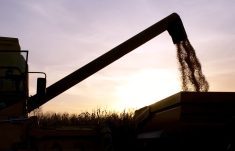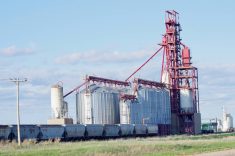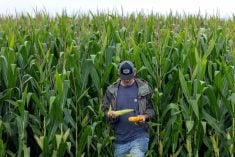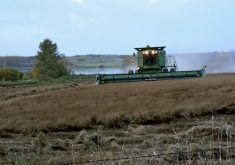Southwest
Persistent wet conditions in the region, particularly near the U.S. border, have hindered crop development.
Lower yields are expected because standing water has drowned out portions of many fields or put the crop under stress. The excess moisture has also increased disease pressure. Producers are reporting blackleg lesions on canola.
Some cattle producers are struggling with soaked pastures and hay land. Other pastures are thriving in the wet and cool conditions.
Northwest
Excess moisture will restrict yield potential in the region. A number of areas received 50 to 100 millimetres of rain in late July.
Read Also
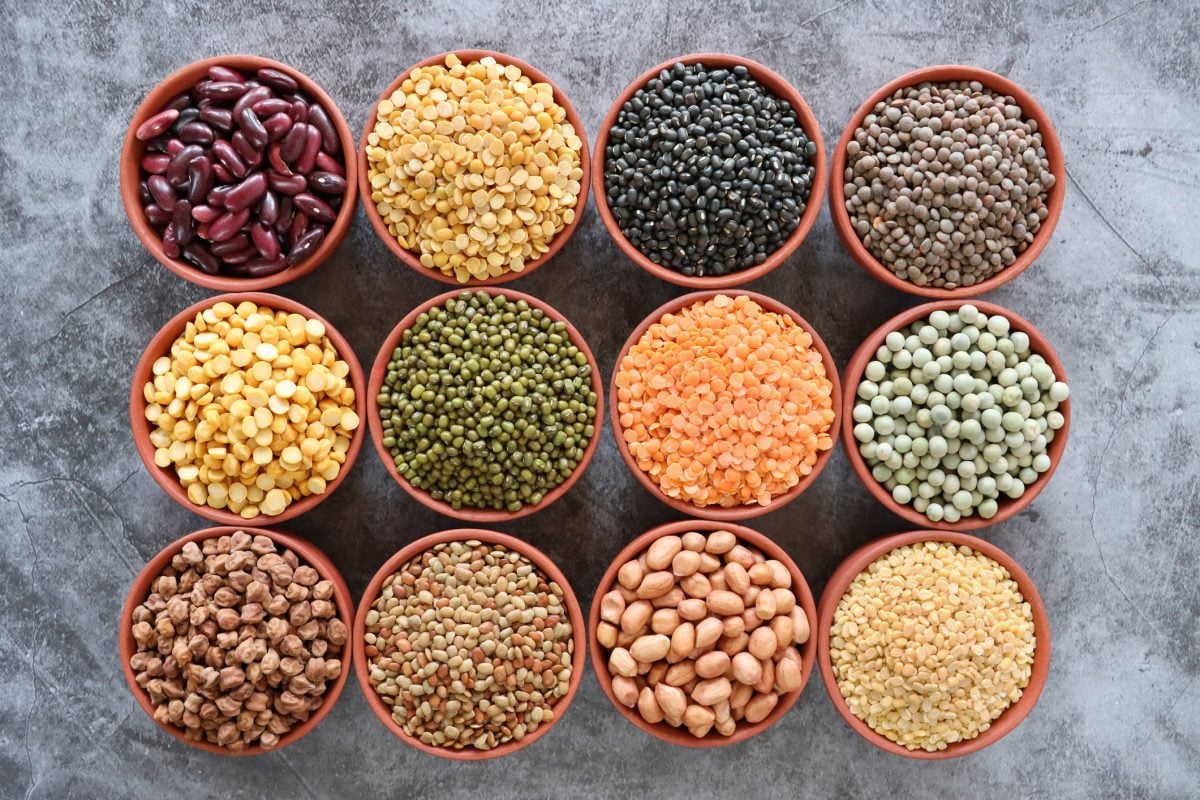
Pulse Weekly: SPG looks back at harvest, ahead to trade
Saskatchewan Pulse Growers executive director Carl Potts said this year’s harvest had strong yields as the organization now works on international trade.
Crop development varies, depending on rain amounts, field drainage and soil type.
Frequent rains have delayed haying progress. Producers are reporting average to above average forage yields. Hay quality is below average.
Central
Below normal temperatures were the dominant weather feature of late July and early August. The cooler weather slowed growth of heat loving crops such as corn and soybeans.
The cooler weather has benefitted canola and flax crops. The bloom period for many fields has been much longer than previous years.
Growers have reported blackleg leaf lesions and basal cankering on canola.
Eastern
Soybean crops have podded. In general, the crop looks good but some growers are reporting root rot or iron chlorosis.
Corn crops are in the silking stage. Producers are reporting excellent corn stands. The crop is more than two metres high in some areas.
Hay conditions are rated as good. Haying progress is ahead of other regions of the province.
Interlake
Producers will soon be harvesting winter wheat in the southern Interlake. Warmer temperatures are needed to ripen winter wheat and propel soybean development.
Armyworms are pressuring crops in the northern half of the region.
Pasture conditions rated as average.


